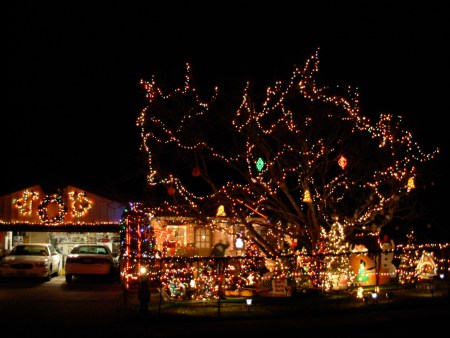
Discovering and writing about Jo Meesters‘ wonderful loom-inspired furniture pieces made me want to post instructions to help you discover or rediscover loom weaving. As a kid, I made a ton of potholders on a simple loom. I was fascinated by the infinite possibilities of pattern and color. (And many a relative received a potholder gift.)

You don’t have to stop at the potholder, of course. The woven squares can be sewn together to make quilts, rugs, placemats, purses, tissue box covers, book covers, or doll sleeping bags and blankets.
To make a potholder, simply begin fastening the loops across the loom by hooking them around a peg at each end. Once you have a solid surface of loops running in one direction on the loom (and running evenly between pegs), you can begin to weave the second set of loops across the first, by pulling them alternately over and under each existing loop, either with your fingers or with the tool that comes in loom kits. The second set of loops should alternate their over-under patterns, so that the weave is even. Play with color combinations. You can create anything, from a solid block of color to a neat checked pattern to a completely random design.
To finish the potholder, begin at the start of a row. Take the first loop off its peg, then do the same with the second loop. Now put the first loop around the second and pull the second loop through the circle. Now the second loop is sticking up. Take the third loop off its peg and put the second loop around it and pull the third loop through the circle. Now the third loop is sticking up. Proceed around the potholder. The edge should lay nicely around it like a braid. You’ll have one loop left, and that will be the hook for hanging the potholder.
I recommend cotton loops, for their nice texture and colors. Wool is also great.

Here are some resources for loom and loop materials:
Harrisville Designs, in New Hampshire, has a great selection of cotton loops in all kinds of exciting colors that you can buy individually. The store specializes in yarn, weaving, and other fiber crafts.
The Woolery features individual loop colors from Harrisville, as well as lots of kids’ weaving and felting supplies.
Live and Learn offers a sturdy metal loom, bags of assorted colorful cotton and wool loops, and lots of bags of loops in individual colors.
Magic Cabin has a loom-and-cotton-loop set at a good price.

Every year, at our annual Girl Scout Camporee weekend, one craft activity proved exceptionally popular with a variety of girls: Finger Weaving. This simple, tactile craft occupied girls of all ages, who wove, chatted, and relaxed in nature. Some of the resulting strands were so long, they became unique fashion accessories. Even though I like to make potholders with traditional cotton loops, the newer, stretchier nylon loops are the best for finger weaving. (It will still work with cotton loops, but some may not be stretchy enough.)
Detailed instructions for finger weaving are here.
Jo-Ann Fabric is a good source for nylon loops.


Photo by Jo Meesters (Stool)
Photos by Harrisville Designs (Potholders)
Additional Photos by Susan Sachs Lipman























































































